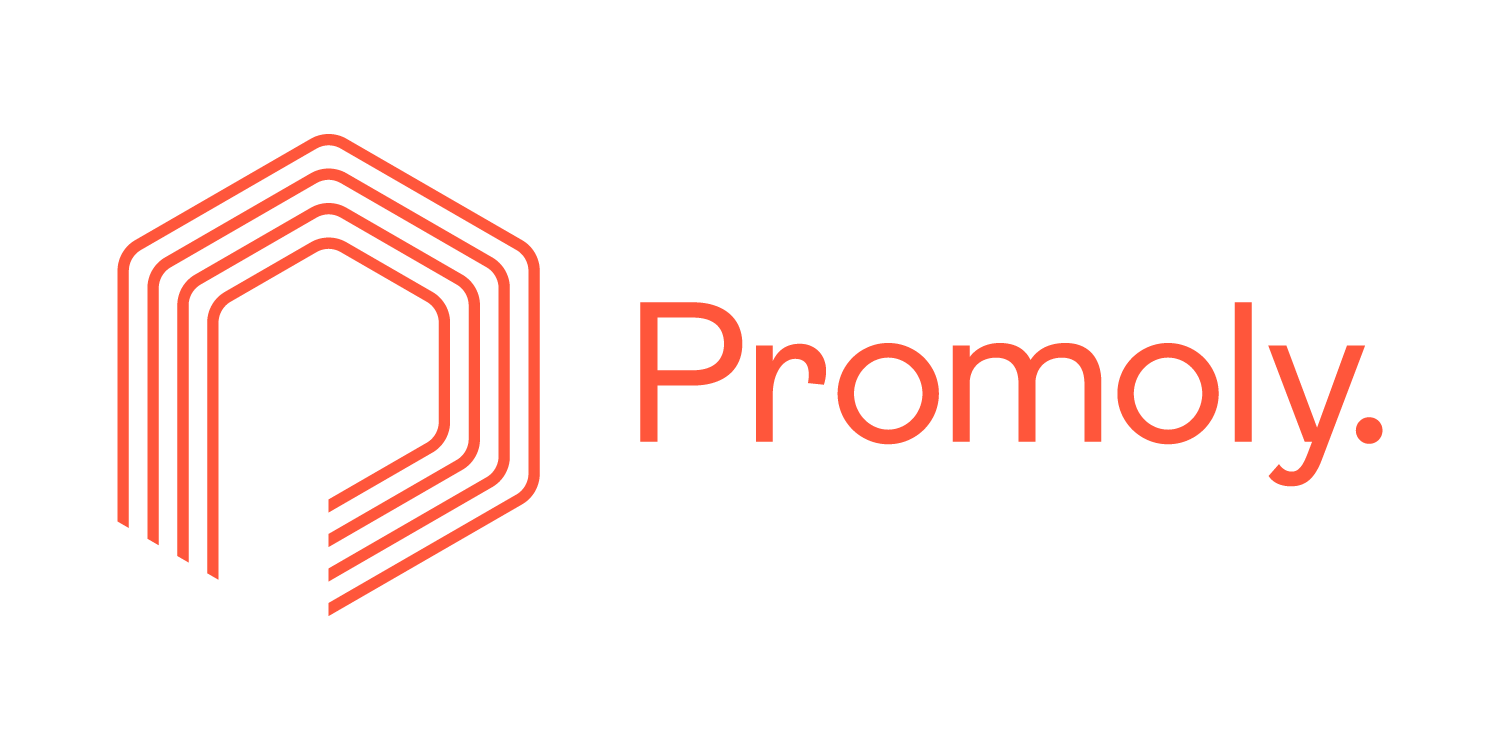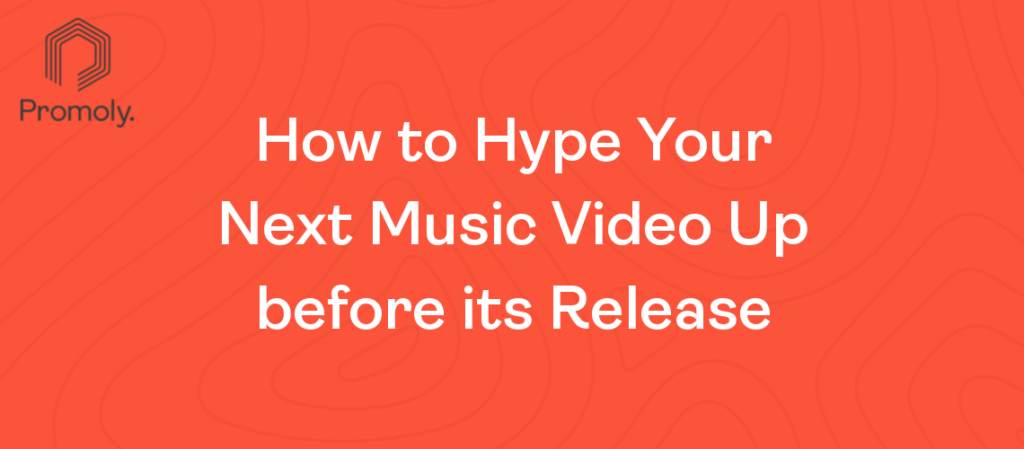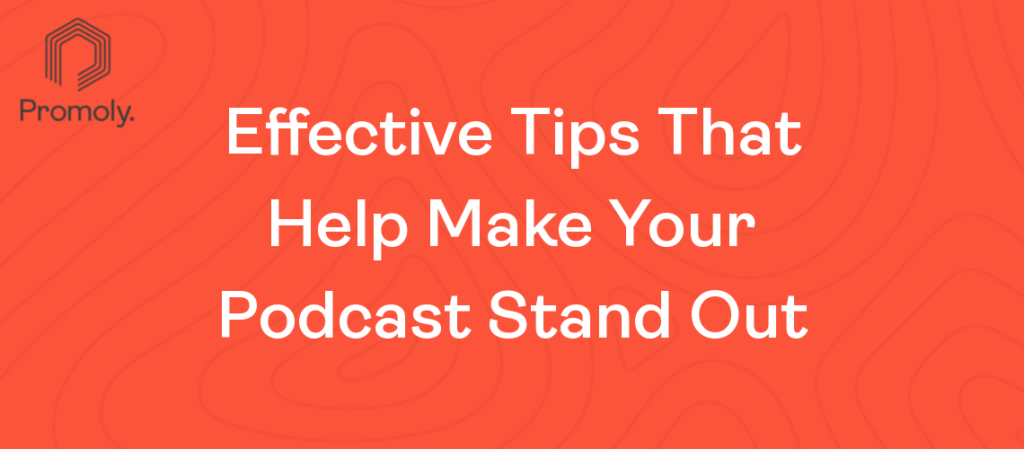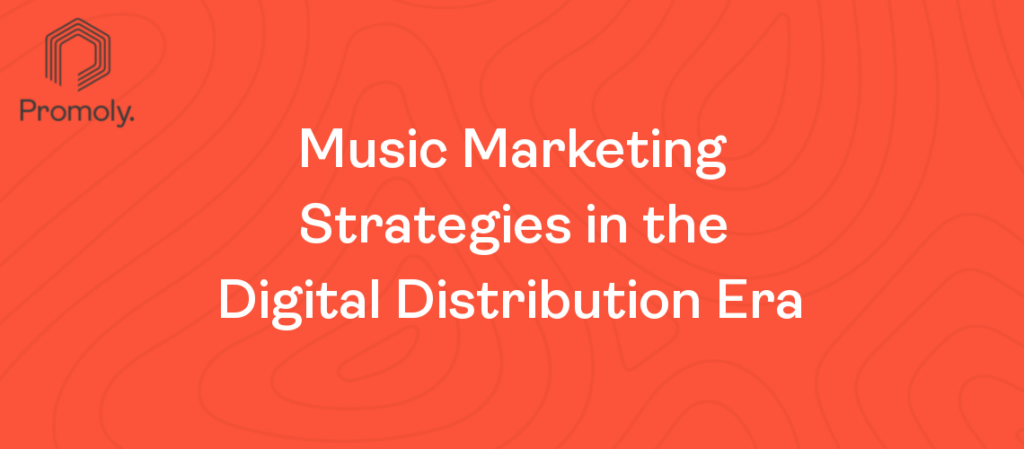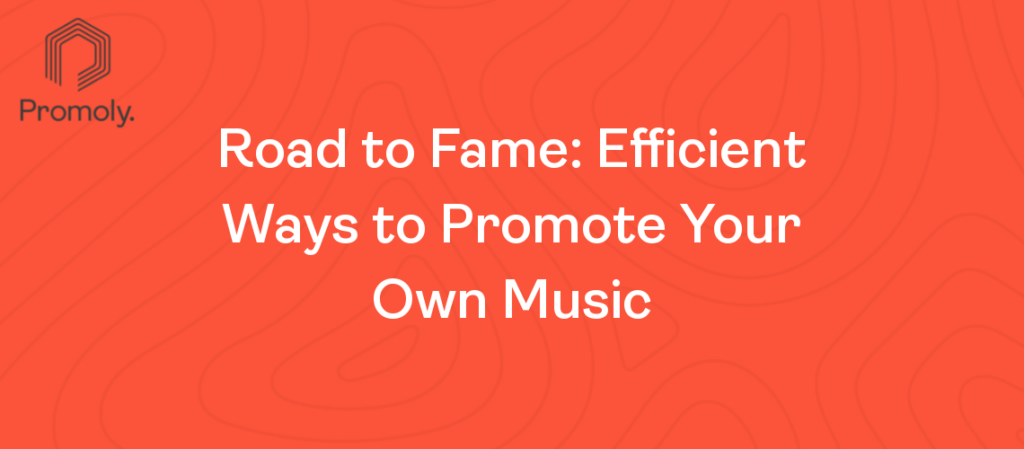Music distribution is the process of delivering your music into listeners’ hands, whether through physical sales, digital downloads, or streaming platforms. As a modern artist, it is crucial to understand the various channels and strategies available for distributing your music.
This will allow your music to reach a larger and wider audience and ultimately generate more revenue from your work. This guide will examine the different elements of music distribution and discuss some music marketing strategies to help you get ahead in today’s competitive landscape.
Digital Distribution
In today’s digital age, most music consumption occurs through streaming platforms and digital downloads. As a result, artists need to have their music available on these platforms.
Digital distribution services and aggregators help you get your music onto popular platforms such as Spotify, Apple Music, and Amazon Music. These services typically charge a flat fee or a percentage of your royalties, so research and compare your options before choosing a distributor.
Physical Distribution
Although digital distribution has become the primary method for music consumption, there is still value in offering physical copies of your music. Vinyl records and CDs can serve as collector’s items and merchandising opportunities for your fans.
To distribute physical copies of your music, you can work with a physical distribution company or sell them independently through your website or live shows. Bypassing distribution companies allows you to keep all of the profits. However, working with distributors also relieves you the burden of production and allows you to leverage a potentially larger reach.
Given these facts, it’s best weigh the benefits and costs before deciding.
Direct-to-Fan Distribution
Direct-to-fan distribution allows you to sell your music directly to your fans, bypassing traditional distribution channels. This can be done via your artist website or a third-party platform like Bandcamp.
By selling directly to your fans, you can retain a higher percentage of your sales and have more control over your pricing and release strategy. Additionally, direct-to-fan distribution can help you build a more robust relationship with your audience, as they will feel a closer connection to your music.
Music Marketing Strategies
To maximize the potential of your music distribution, it is crucial to implement effective music marketing strategies. These strategies can help you engage more listeners, build your fanbase, and generate more revenue from your music.
1. Create a Strong Online Presence. Your website and social media profiles must be visually appealing, up-to-date, and engaging. Regularly share new content, such as behind-the-scenes footage, updates on upcoming releases, and personal stories to keep your audience interested and connected.
2. Develop a Unique Brand. Your brand is the image and message that you present to the world. It should be coherent across all aspects of your music and marketing materials. By having a distinct and memorable brand, you can differentiate yourself from other artists and attract a loyal fan base.
3. Leverage the Power of Playlists. Getting your music featured on popular playlists on streaming platforms can significantly increase your exposure and streams. Research the curators and submission guidelines for each platform to increase your chances of being added to playlists, and submit your music accordingly.
4. Collaborate with Other Artists. Collaborations can introduce your music to new audiences and provide opportunities for cross-promotion. By working with artists in different genres or with different fan bases, you can expand your reach and potentially attract new fans.
5. Utilize Email Marketing. Building an email list lets you communicate directly with your fans and update them on your latest releases and events. By consistently providing value and engaging content, you can maintain a strong connection with your audience and encourage them to support your music.
6. Take Advantage of Live Performances. Live shows are an excellent way to connect with your fans, showcase your talent, and sell merchandise. Be strategic in selecting your performance opportunities and promote your shows through social media and email marketing.
Conclusion
Navigating the world of music distribution can be complex. Still, with the right knowledge and strategies, you can effectively get your music into the hands of listeners and grow your career as a modern artist.
By understanding the various distribution channels, implementing music marketing strategies, and staying adaptable to the ever-changing landscape, you can set yourself up for success in today’s competitive music industry.
Don’t miss out on the opportunity to amplify your music marketing strategies and reach new heights in your career! Discover the power of Promoly, a game-changing platform designed to help modern artists like you succeed in the music industry. Sign up now and unlock your full potential with our cutting-edge tools and expert guidance.
